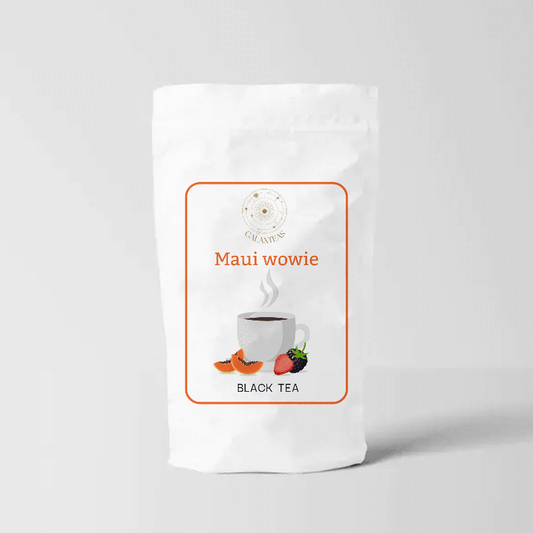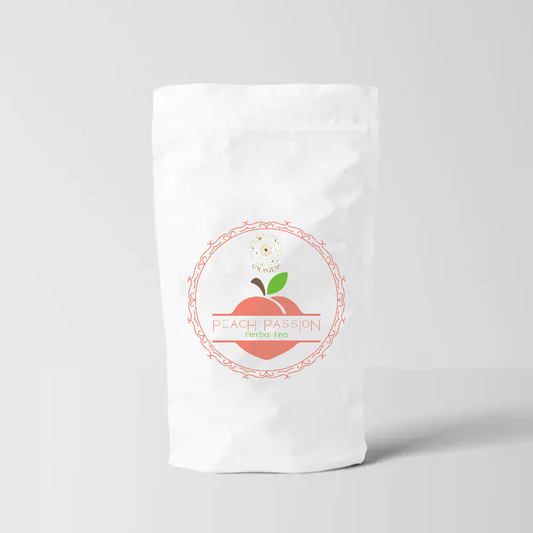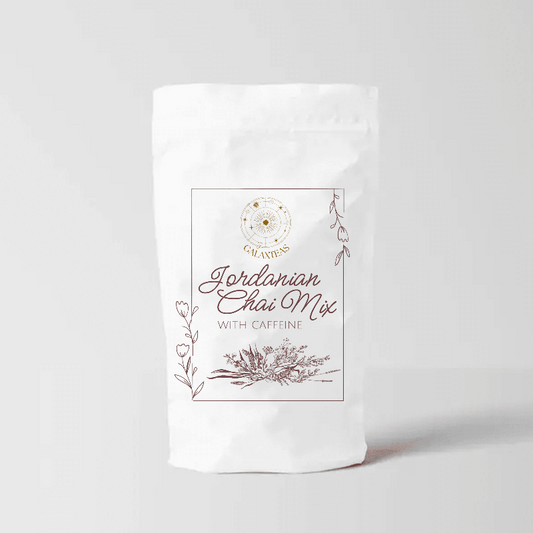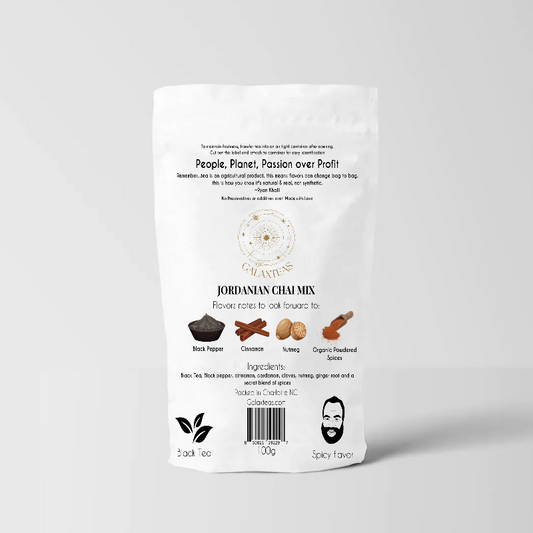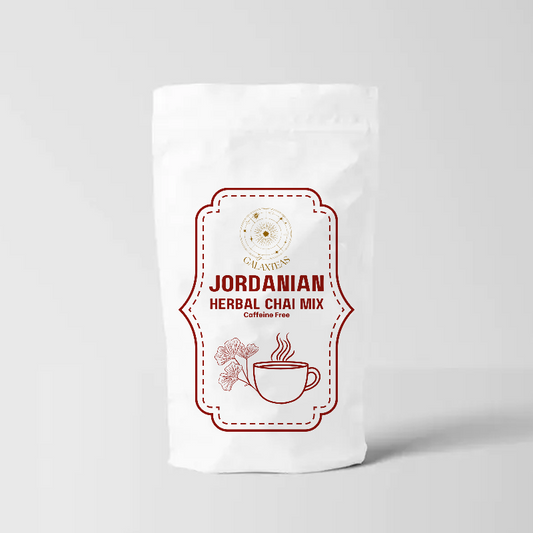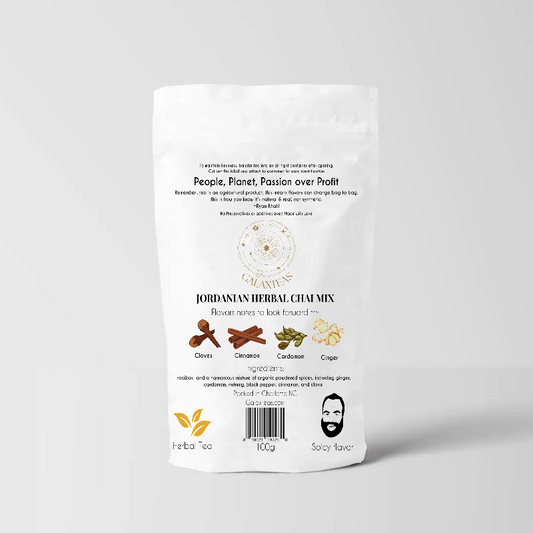What is Oolong Tea? Origin, Kinds, Meaning, and Other Aspects
Related Product
Subscribe
Table of Contents
Oolong tea is very unique. It neither belongs to black tea or green tea but sits in its own category. So, what does it taste like? Where did it come from? How is it produced? And is there any caffeine in it? How do you brew it? In this blog, we will answer all these questions. Moreover, you can expect us to share “fun facts” and “did you know' ' along the way. If you want to know all about this tea option, read this blog till the very end. Here we begin!
What is Oolong Tea?

As aforementioned, Oolong is a unique tea type. It does not lean towards black or green teas. However, it holds the characteristics of both, depending on the direction you process it. How? Well, the difference comes from the oxidization. For example, black tea is fully oxidized during the processing whereas green tea is barely oxidized. Ultimately, Black tea gets its dark color and rich malty aroma whereas green tea gets its green color and woody aroma. Clearly, Oolong tea falls somewhere between these as it holds the characteristics of both at the same time. This is what makes it such a unique tea type.
Did you know? Oolong tea is partially oxidized. Moreover, the oxidation levels of Oolong vary from 8% to 80%.
The fun thing about this tea is that it leans towards black or green depending on the oxidization. For example, if you oxidize it more, it leans towards the black tea. And if you oxidize it any less, then it leans towards the green tea. What’s more, another aspect of this tea that we should talk about is its shape. After all, this tea is traditionally rolled, twisted, or curled into tight balls or thin strands. This might seem like an unnecessary thing, but it is very important. Clearly, this rolling and twisting alters the appearance, color, and aroma of the final tea leaves.
Oolong Tea Origin – Where Did it Originally Come From?
One thing we can say for sure about oolong tea is that it represents a true artisan mastership of tea processing. After all, its shape, flavor, and appearance vary based on the region where you grow it – and based on how you process it. As for the origin, China and Taiwan are the countries that produce Oolong tea; the countries where it was first produced. Moreover, you should also know that it is still revered in both of these countries – even today. There is no concrete proof of how this tea was named – only stories. So, let’s look at these stories.
"Oolong tea is a kind of art, and when it is correctly infused, it is one of the most complex and refined teas to taste." - James Norwood Pratt, The Tea Lover's Treasury
According to one story, Chinese people named this tea “Wulong” which means black dragon. After all, the dark and big tea leaves happened to resemble the mystical Chinese Dragon. However, according to another story, there was a farmer named Wu Liang who discovered this tea by accident. So, it’s entirely up on you – whichever story that you like to believe. But you should know that the rich flavor that makes this tea popular is a result of unique geography and harsh environment where this tea is produced.
"The art of making oolong tea is a delicate process that involves carefully controlled withering and oxidation to produce a tea that is both fragrant and smooth." - Lydia Gautier, The Art and Craft of Tea
Countries that produce Oolong tea aside from China
As aforementioned, oolong is also produced in Taiwan. In Taiwan, tea makers only oxidize it from 10% to 40%. Therefore, it is greener in color and lighter in flavor there. What’s more, the style of this tea changes in accordance with the country that produces it. For example, some countries roll oolong into small tight balls while others leave it in long leafy strains. In fact, you should also know that some countries grow it in remote mist-covered mountains while others in temperate bamboo-forested foothills. Today, the leading countries that produce Oolong aside from China and Taiwan are:
- India
- Sri Lanka
- Japan
- Thailand
- New Zealand
What Kind of Tea is Oolong, and How is it Made?
It is a very refreshing kind of tea that has a balanced flavor and an earthly aroma which sometimes resembles dry wood and sometimes fruits. The undertones of the flavor are honey, lemon, and peaches. But how is it made? Well, the processing of oolong tea is very meticulous and step-by-step. Here’s how it usually goes:
8 Steps of Processing/Making Oolong Tea!
- Withering
- Cooling
- Light Rolling
- Oxidizing
- Roasting
- Final Rolling
- Drying
- Hand Sorting
Now that you know what steps are involved in processing this tea. Let’s explore all these steps in detail to better understand the process. Here we go!
Withering
In this step, you take fragile leaves that are just picked and intentionally bruise them by shaking or tossing. You should know that this is a vital step in making oolong tea. After all, it helps you initiate the oxidation process. Ultimately, the oxidation gives the leaves their unique flavor profile. Once done, you lay the leaves to dry in the sun – for several hours. The purpose is to wither them so that there is no moisture content in the leaves.
Do you know? Withering softens the tea leaves and makes them flexible and supple. Clearly, it prevents the leaves from breaking during the rolling steps that come later in the processing.
Cooling
After withering, you give tea leaves some time to cool down from the heat of the sun. After all, the tea leaves have to be cool before you carry on with the other processing steps. Moreover, you should know that as the leaves cool, they begin to wilt and flatten. Clearly, this change in the shape indicated that you can now move onto the next step of processing.
Light Rolling
When you roll the leaves, they develop their unique appearance and flavor profile. After all, you bruise the leaves a bit more when you roll them. Clearly, bruising breaks the cell walls of the leaves. Ultimately, it releases enzymes and essential oils that alter the flavor of the leaves. And when you roll these leaves, it further exposes the chemical components of tea leaves to oxygen and spurs on the process of oxidation. What’s more, this rolling is how you define the shape of the tea leaves.
Oxidizing
The process that significantly impacts the flavor and appearance of the tree leaves is Oxidizing. And this is a complex process. As aforementioned, oolong is a tea that is partially oxidized. So, you need to be very careful of how long you oxidize the leaves. After all, this process determines the overall success of your processing procedure.
"Oolong tea is a true testament to the skill and artistry of tea making. Its complex flavor profile and aroma make it a favorite among tea connoisseurs." - Té Company, The Tea Book
Roasting
Once you oxidize the tea leaves to the needed level and percentage, you need to roast them. After all, these roasting supplies the heat that halts the oxidation process. After roasting, you need to dry out the leaves. Moreover, you should know that this step also lends important flavor characteristics to the oolong tea.
Final Rolling
Undoubtedly, a key characteristic – aside from oolong tea meaning – is its shape. And this shape is a result of final rolling in the processing. So, you need to do it with great care. You should know that the final rolling defines the final appearance and flavor of the tea.
Drying
Once you shape the leaves in the final rolling process, you need to dry them. After all, you need to completely reduce – eliminate – the moisture content of the tea leaves. Without drying, you cannot store the leaves. In fact, if you skip this step, then you will spoil the leaves and all the effort that went into the initial steps of processing.
Hand Sorting
This is the final step of the process. Before you begin it, you need to make sure that the leaves are fully dry. If they are, you can start sorting them into various groups of similar size and color. It helps you create different lots of tea. What’s more, each lot of the tea receives a different industry grade that rates how the tea visually looks depending on how much whole leaf, broken leaf or unopened tea buds end up in the lot.
How Do You Brew Oolong?
You should ask your tea vendor for brewing instructions specific to the tea you purchase. After all, many oolongs will have different ideal brewing temperatures and steeping times – based on their oxidation levels. Still, here are a few general brewing tips that you can use:
- Always use fresh, pure, cold filtered water. And the best water for brewing it is spring water
- Generally, you can steep this tea between 180 and 200 degrees for 60 seconds to 3 minutes
- You need to steep it multiple times and can get 3 to 5 infusions out of a high-quality oolong
- You can check if the tea needs more steeping by tasting it after the first multiple steeping
- The best measurement is to use about 2 grams of loose-leaf tea per 8 oz. cup of water
- You need to cover the tea perfectly while it steeps to keep all the heat in the steeping vessel
- If you want to experience its flavor fully, you must take it without additives like milk or sugar
What Does Oolong Taste Like?
As aforementioned, the taste of this tea depends on oxidation level. If the oxidation is strong, then the taste is strong as well. But if the oxidation is low, then the taste is light. However, the perfect oolong is partially oxidized. Thus, perfect oolong has a balanced taste – neither too strong nor too light. In fact, the color of the leaves and the hue of the brewed tea can also vary from green to golden to brown. You can compare differences between the types and flavors of oolong to the differences between fine wines. But if you want to truly experience the taste of this tea, you need to buy Oolong tea. Without tasting it yourself, you will not be able to know what flavor profile it has.
"Oolong tea offers a huge diversity of flavor which depends on the process the leaves undergo. Light oolong tea leaves are partially oxidized along the edge, which brings sweet floral and fruity notes to its flavor and gives a fragrant aftertaste that is so typical for light oolongs." - Linda Gaylard, The Tea Book
Important Note: Oolong is balanced between green and black teas – so does its caffeine levels. For example, if you lightly oxidize it, the caffeine is low. But if you highly oxidize it, then the caffeine is high as well. However, if you partially oxidize it, then the caffeine is also partially leveled.
This tea type is hugely popular in Asia. After all, the country of its origin is China. Moreover, you should know that there are oolong competitions across Asia to honor the artisanship of oolong tea producers. The judges decide which oolong is best based on the shape and appearance of the dry and wet leaves to the color, aroma, and taste of the brewed tea. What’s more, tea makers think that winning these competitions shows their honor and passion towards the craft that they dedicate their lives to the art of making oolong.
Ending Thoughts
Without a single doubt, Oolong is a unique tea type that can be closely linked with green and black teas. For this, you need to focus on the oxidation of this tea type. For example, if you highly oxidize it, it leans towards black tea. But if you lightly oxidize it, it leans towards green tea. The flavor of this tea also relies on the oxidation level. Additionally, you can trace the origin of this tea to China and Taiwan. Other countries that produce this tea include Sri Lanka, India, and Nepal – and then some. This tea is loved by many tea enthusiasts – especially in Asia.
The process of making this tea has 8 steps. All these 8 steps are very crucial if you want perfect taste and texture of the tea. What’s more, the caffeine content of this tea is also balanced – neither too high, nor too low. The taste is very refreshing and so is its aroma.

